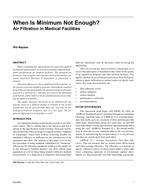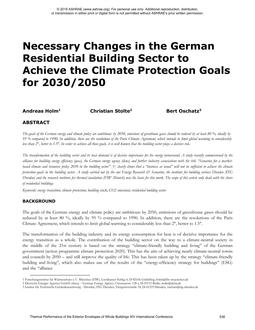Track: Tall Buildings
Sponsor: 9.12 Tall Buildings
Chair: Peter Simmonds, Ph.D., Fellow ASHRAE, Buildings and Systems Analytics, Marina Del Rey, CA
The design of tall buildings has historically relied on ground measurements for climate data. However, as buildings have become taller the need for elevation specific meteorological data is becoming more important. The climate conditions at 100 m above grade is not the same as 600m. Over the height of the building, the pressure between the buildings and environment will become huge enough to cause a large impact on the functionality of these buildings, even on the building façade directly. Therefore, architects and engineers should pay sufficient attention to this phenomenon and ensure the function and operation of the building.
1. An Engineers Solution to the Problems
Peter Simmonds, Ph.D., Fellow ASHRAE, Buildings and Systems Analytics, Marina Del Rey, CA
Architects and engineers should pay sufficient attention to the vertical climate effect and ensure the function and operation of the building. Rarely does the design of upper level of the building capitalize on the vertical climate effect. Furthermore, wind, temperature and pressure conditions at the top of a tall building are considerably different, therefore façade leakage rates and the buildings stack effect must be carefully assessed. If sufficient data is known about this difference, it can be incorporated to optimize the overall building design.
2. An Architect’s Perspective of the Problem
Russell Gilchrist, AIA, Gensler, Chicago, IL
As buildings have become taller the need for elevation specific meteorological data is becoming more important. The climate conditions at 100 m above grade is not the same as 600m. Over the height of the building, the pressure between the buildings and environment will become huge enough to cause a large impact on the functionality of these buildings, even on the building façade directly. Therefore façade leakage rates and the buildings stack effect must be carefully assessed.
Presented: Tuesday, January 23, 2018, 9:45-10:45 AM
Run Time: 60 min.
This is a zip file that consists of PowerPoint slides synchronized with the audio-recording of the speaker (recorded presentation), PDF files of the slides, and audio only (mp3) for each presentation.
Citation: ASHRAE Seminar Recordings, 2018 Winter Conference, Chicago, IL
Product Details
- Published:
- 2018
- Units of Measure:
- Dual
- File Size:
- 1 file , 59 MB
- Product Code(s):
- D-CH18Sem38


